How to use a wearable: tips to make the most of your smartwatch or fitness tracker
What the how-to guides don’t tell you about habits, goals and taking a break
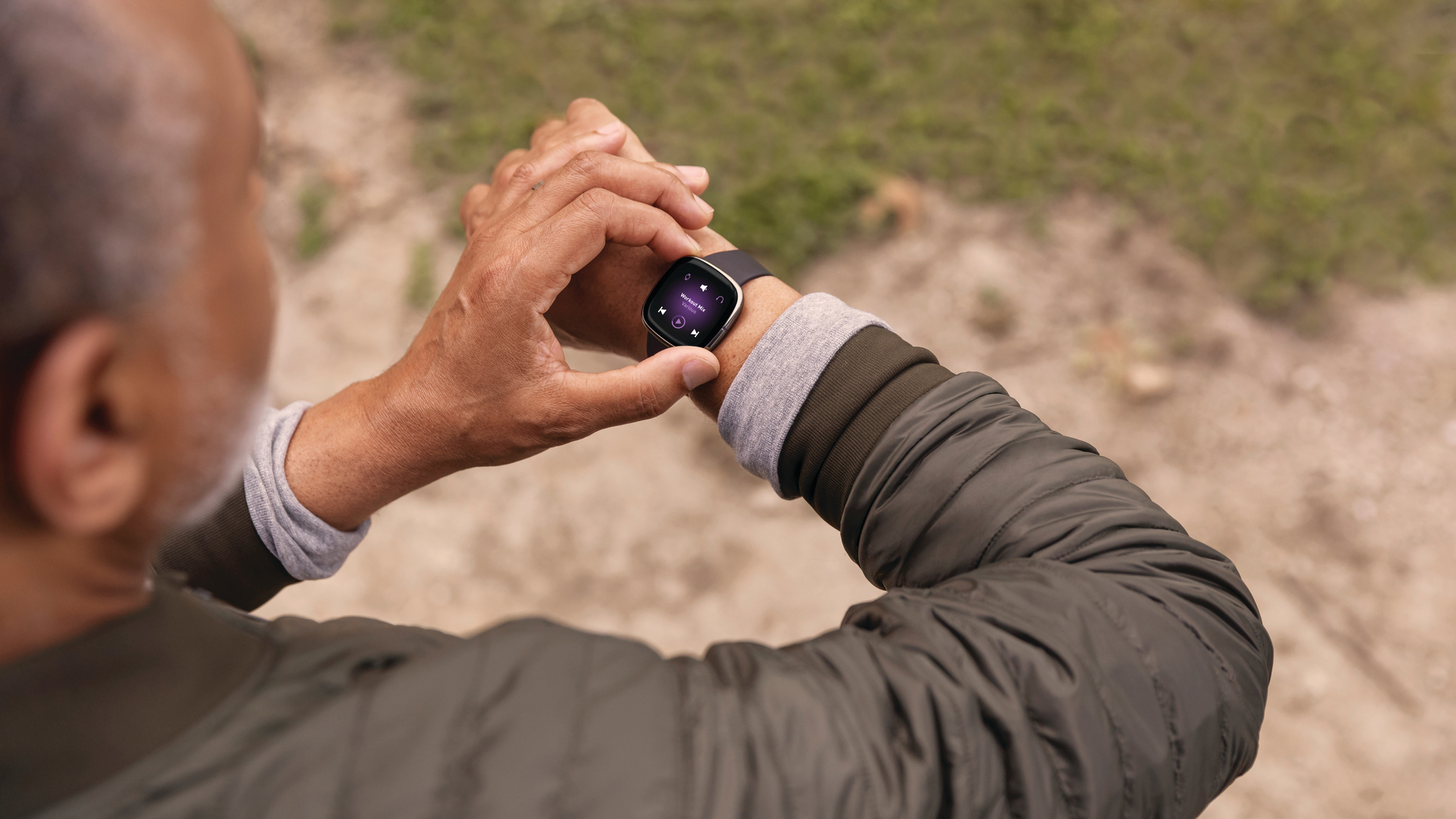
You got a new fitness tracker or smartwatch for Christmas. Great! Now what?
Whether you’ve got the latest Apple Watch Series 6, a Fitbit, an Oura ring or any other one of the best fitness trackers or best smartwatches, it’ll come with instructions – online or within a physical booklet – to help you get the device (and you) up and running.
You’ll need to download the accompanying app, pair your device with your phone, charge it up and learn how to use the basic controls. Exactly how you do these things will vary from device to device and we recommend you follow the step-by-step instructions and do those first.
However, most instructions get you started. But what comes next? Beyond the set-up steps, there are plenty of other things you need to know to get the most out of your new wearable so it can make a positive difference to your life and work for you, not against you. You don’t want it to be a negative drain, a waste of money or another present that gets stuffed in a drawer somewhere and forgotten about.
Our advice includes the importance of a comfy fit, habit-setting suggestions, why customization is worth it, tips about goals and much more.
Of course, every wearable device is different, as is every person who wears one. But these are our suggestions that should give most people a better chance of getting on well with their new wearable device.
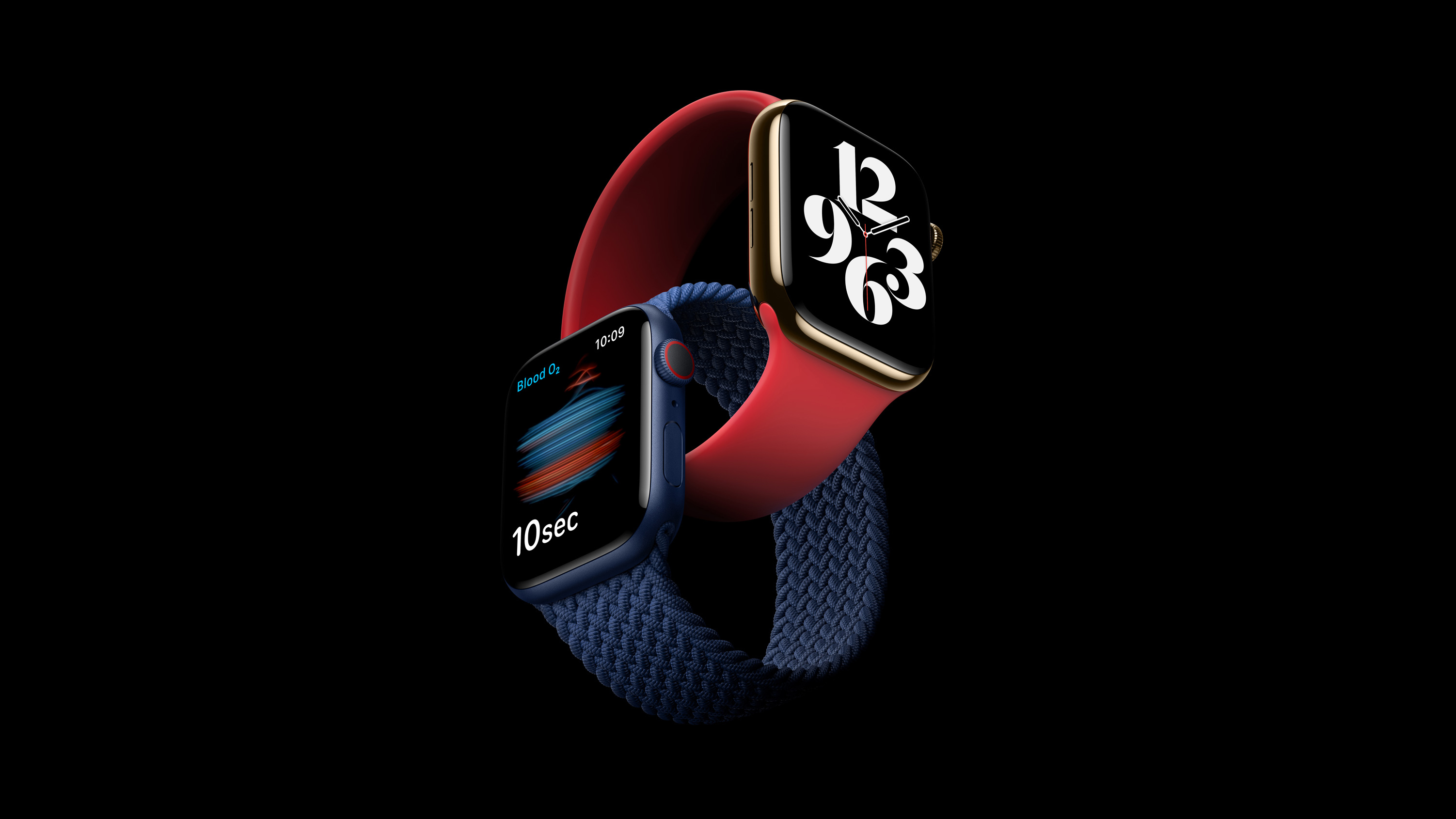
1. Get the fit right
You just put it on and fasten it tightly, right? Sort of. It’s very easy to strap any wearable on and start using it. But it’s important to be mindful about how it fits. Are the buckles digging in? Is the material irritating you a little? If it doesn’t feel good now, you won’t want to wear it in future.
Sign up for breaking news, reviews, opinion, top tech deals, and more.
You want a ‘just right’ fit that isn’t so tight it leaves marks on your wrist, but is tight enough for the sensors to work properly. For example, most wearable devices these days have a heart rate sensor built-in to the back. For this to measure bloodflow accurately, it needs to be close to your skin.
Play around with how tight you wear your new smartwatch or fitness tracker and, if you need to and it’s possible with your device, swap out the strap for one that’s a better fit or made from a more comfortable material.
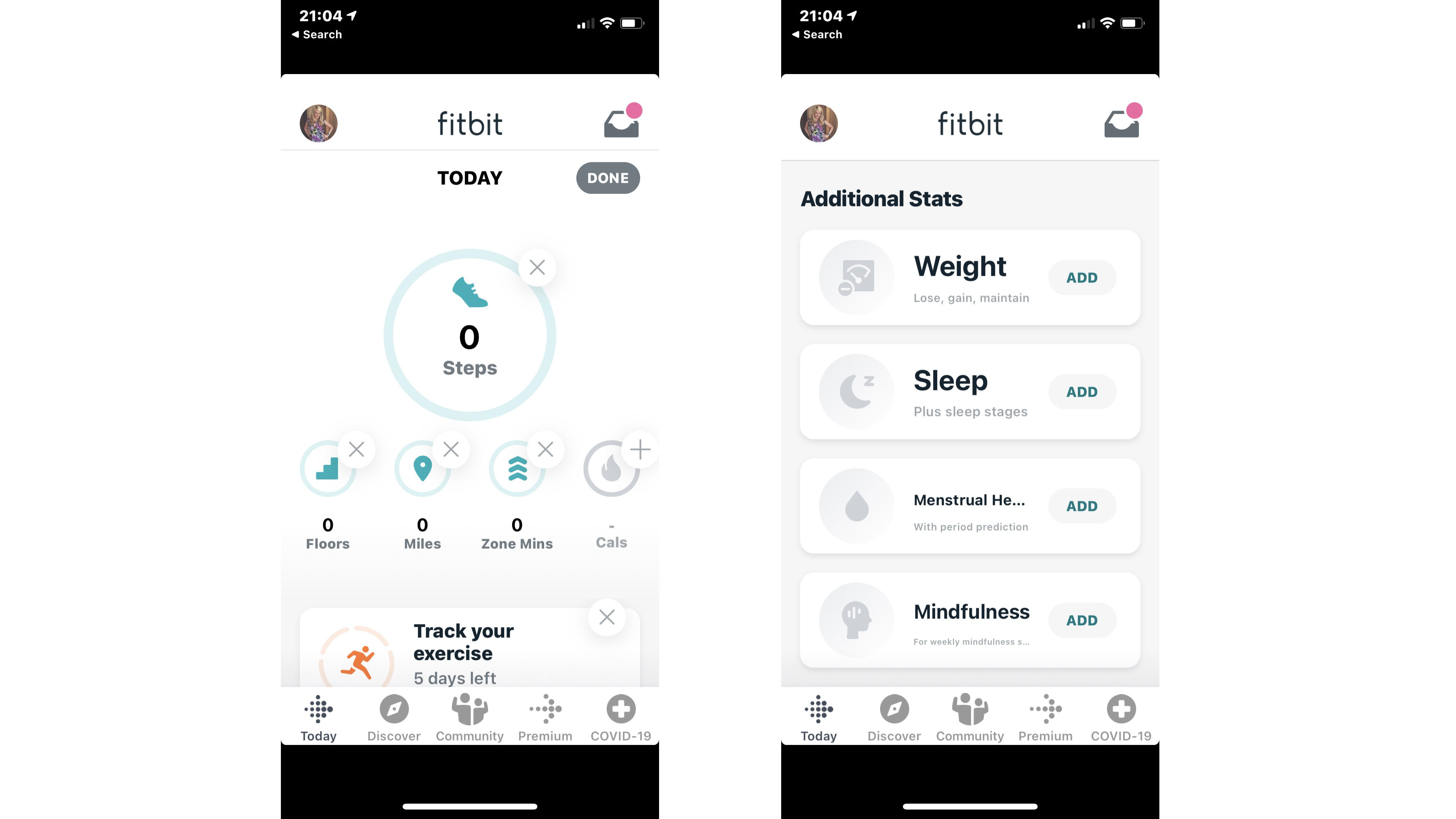
2. Change the app dashboard
The key thing to remember when you get a new wearable device is: make it work for you. What we mean is there are plenty of devices that can track and do all kinds of things. Some people might love this and want to find out everything there is to know about their sleep, fitness levels, stress levels and much more. Others might just want to count their steps and take a look at heart rate data occasionally. Just because your device can do anything doesn’t mean you need to track or care about everything. This can lead to you becoming overwhelmed, focusing on numbers that don’t really matter to you and just extra stress you don’t need.
A good place to start in defining what matters to you and what doesn’t is to customize the stats you see on your app’s dashboard. It’s not possible to do this for every wearable. But some, like Fitbit, allow you to ‘edit’ which stats are shown as you open up the app (take a look at the screenshots above). For example, with the Fitbit app you can customize your dashboard so you see nothing about calories. This is really handy if you want to feel generally fitter and healthier but don’t want to focus on weight loss – which can be problematic for some people.
3. Customize on-screen menus
One workout we do a lot at the moment is spinning. However, for the longest time it’s been the last activity in the exercise menu on our Fitbit Versa. Sure, we can just scroll down to select it. But it would only take a minute or two to move it to the top spot by using the Fitbit app, making things feel easier and more intuitive. If you have a wearable that has a screen and allows you to customize or make small tweaks to what you see on it, spend some time ensuring it’s exactly what you need – in the order you need it.
This might not seem like a big deal. Who cares if you have to scroll two more times to find the workout you need? But it’s these small bits of friction that can make using tech feel more like a chore than a helping hand – especially if they all start to add up. So taking the time to change these settings now and make them more ‘you’ will help in the long-run.
4. Pick the right charging spot
We've tried a lot of wearables over the years. Sometimes we've had to take them off to charge them and immediately put them on as soon as the battery reaches 100 per cent. Others get left for days because we just keep forgetting amidst all the other jobs we need to do. Where you charge your wearable really matters.
Under a desk where it’s out of sight, out of mind? No good. In the kitchen near the coffee machine so we see it every time we go to get another hit of caffeine? Perfect. This will be different for everyone, but again, the goal is to make using your new wearable device every day easy. Because the buzz of excitement you feel to wear it right now is unlikely to last.
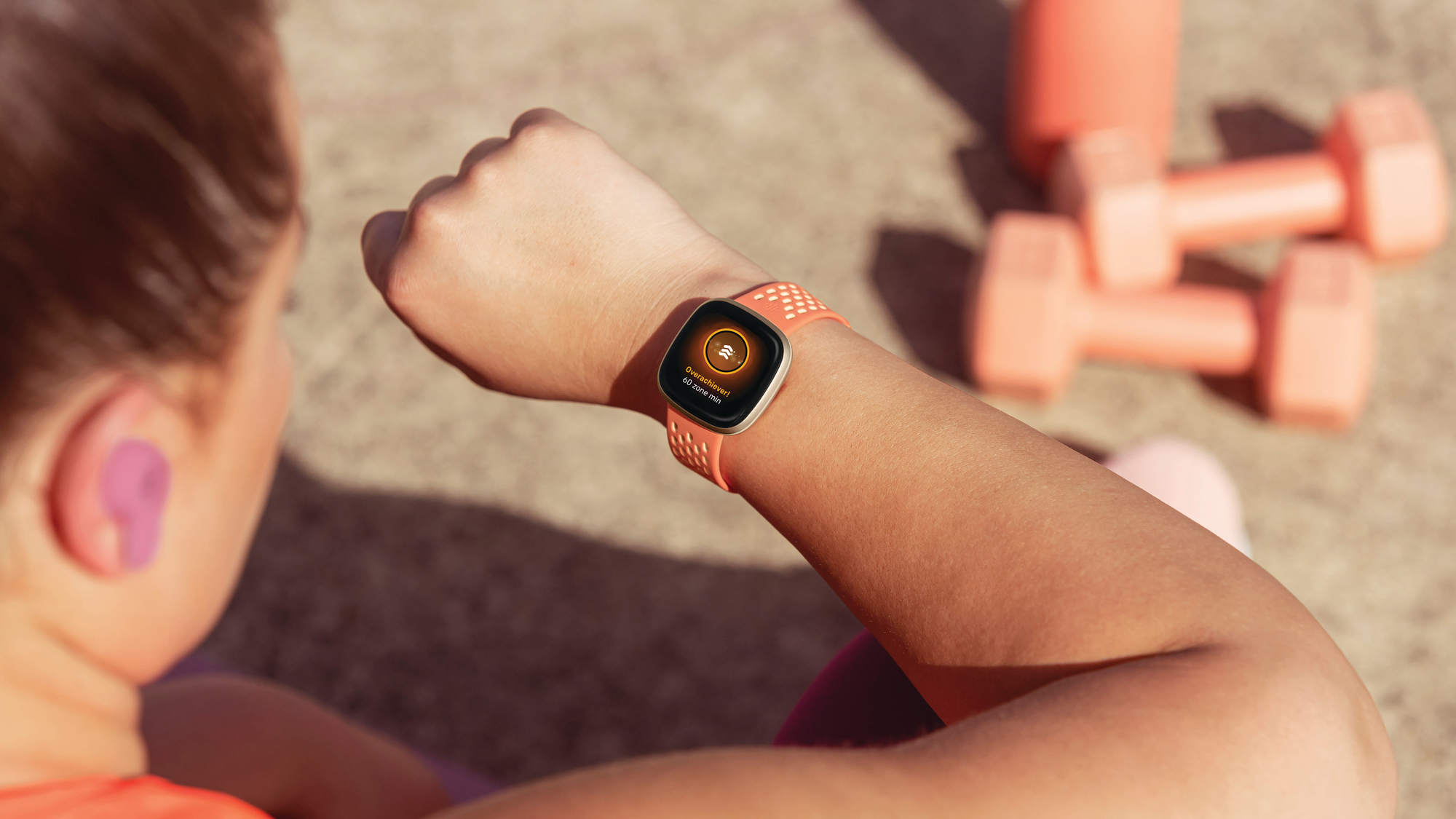
5. Make putting it on a good habit
Picking the best charging place for your wearable device so you don’t forget about it is part of a wider consideration about turning your wearable and wearing it, checking it and charging it into behavior that feels natural and habitual.
This is why we recommend borrowing some suggestions from habit-building theory to help. This doesn’t have to be confusing or extensive. Instead, we can pick and choose what we incorporate.
Social scientist and researcher at Stanford University BJ Fogg is a big believer in the power of prompts. In his book, Tiny Habits, he explains that no behavior happens without a prompt. This is essentially something, anything, that tells you to do a thing now. He gives the example of a woman who would do the same morning routine, then write her priorities on a post-it note.
Prompts can be physical, like that example, maybe you could put a Post-it saying “Fitbit” next to your coffee machine or on your mirror? Or what’s known as a context prompt, this is when you’re prompted to do something because you associate it with something else – in the example above, we had begun to associate making a coffee with strapping my tracker on.
Other prompts that Fogg recommends are: sending yourself a text message, writing on your bathroom mirror, setting an alarm with your voice assistant and sticking a reminder on your fridge. All of these could work well when it comes to prompting yourself to put on your new tracker.
The good news is, this simple prompt for one simple behavior can have a positive effect on other behaviors. Fogg writes: “what had started with one Post-it turned into a productivity avalanche.”
6. Connect with other apps and services
Most wearables can do a lot, but they can’t tell you everything there is to know about your health and fitness. For example, many can track your activity and heart rate levels. But few have menstrual tracking features that are as good as apps like Clue and Glow. What’s more, some have nutritional tracking databases, but not many are as extensive as MyFitnessPal. That means you might want to sync up the apps you already use and love with your new wearable and its app. Simply put, you’ll want to get your apps to talk to each other so you can get more from each of them – and find out more about yourself.
The way to do this is different for every wearable, but most have a section in the settings called ‘apps’ or ‘connections’. There’s usually a list of supported apps here and you can select which one you’d like to give permission to access your health and fitness data.
This is also a good way of revoking access to apps you don’t want to access your health and fitness data. On that point, watch out for any apps trying to seek permission to access data that they just don’t need. Always question whether an app really needs to know your step count or your location. If it's not obvious why – a health app or taxi app, for example – then don't allow it.
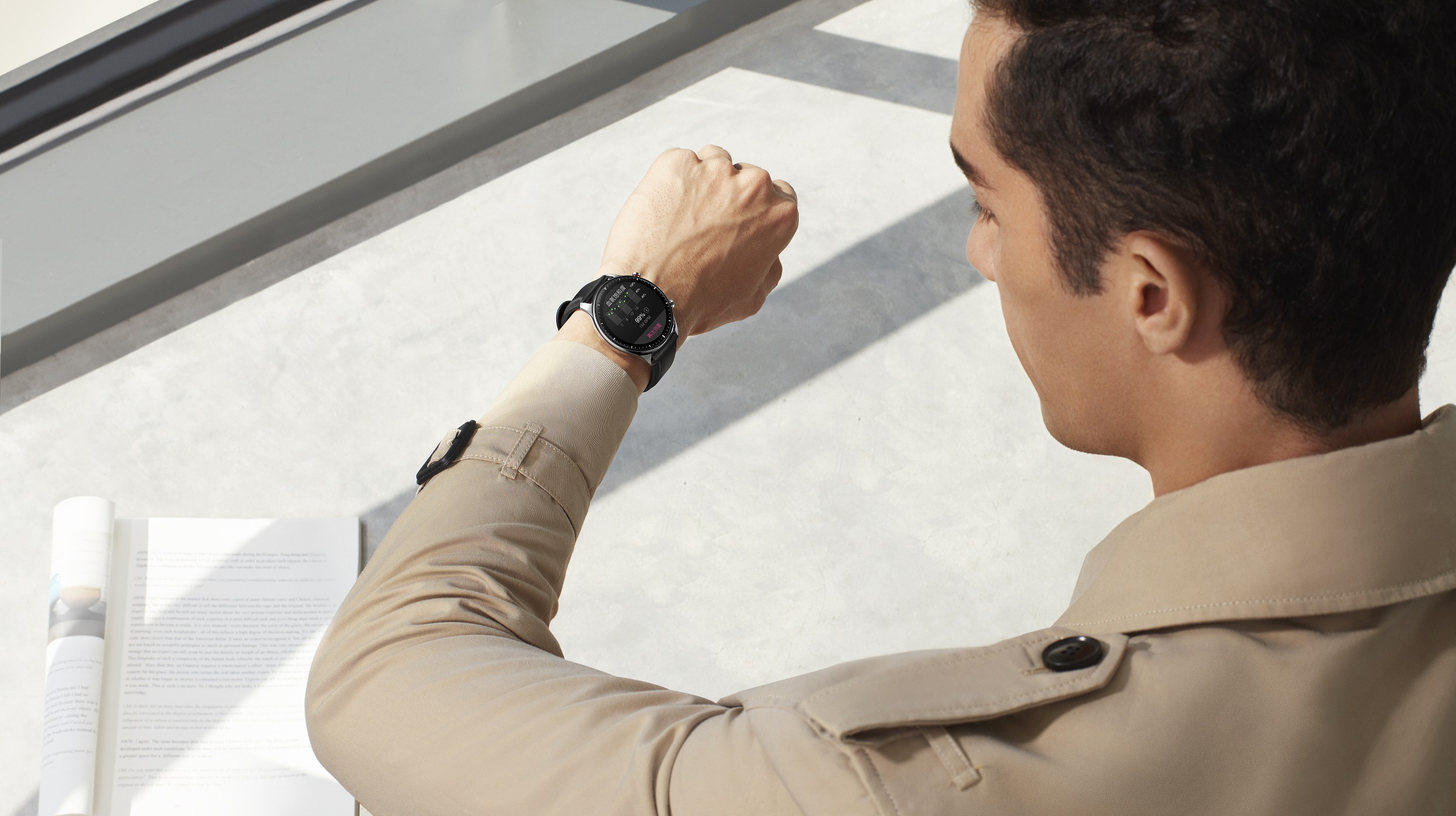
7. Find the notification settings that work for you
If you have a wearable with a screen then chances are you can have notifications from your phone also sent to your wrist. Some devices can only notify you of texts and calls. Others can send any app notification, including WhatsApp, email or Ring notifications, sent to the screen.
The question is: is this a good idea or a shortcut to panic? The answer is: it all depends on you. Personally, we like to have any notification that pops up on our phone screen to appear on the wearable too. Why this is good for us and our productivity is because of something called in-phone interruptions. This is the idea that if we look at our phones for one thing, there’s a good chance we’ll get distracted by something else. So the reason you looked in the first place takes much longer – and can often be forgotten completely!
But just because this works for me doesn’t mean it’s right for you. We know some people find sending all of their notifications to their wrists really panic-inducing and would instead like to keep it as a message-free space. Settings to turn them on, off or customize them are within your wearable’s app and tend to be easy to toggle on and off, so we'd suggest trialing them to see what you think.
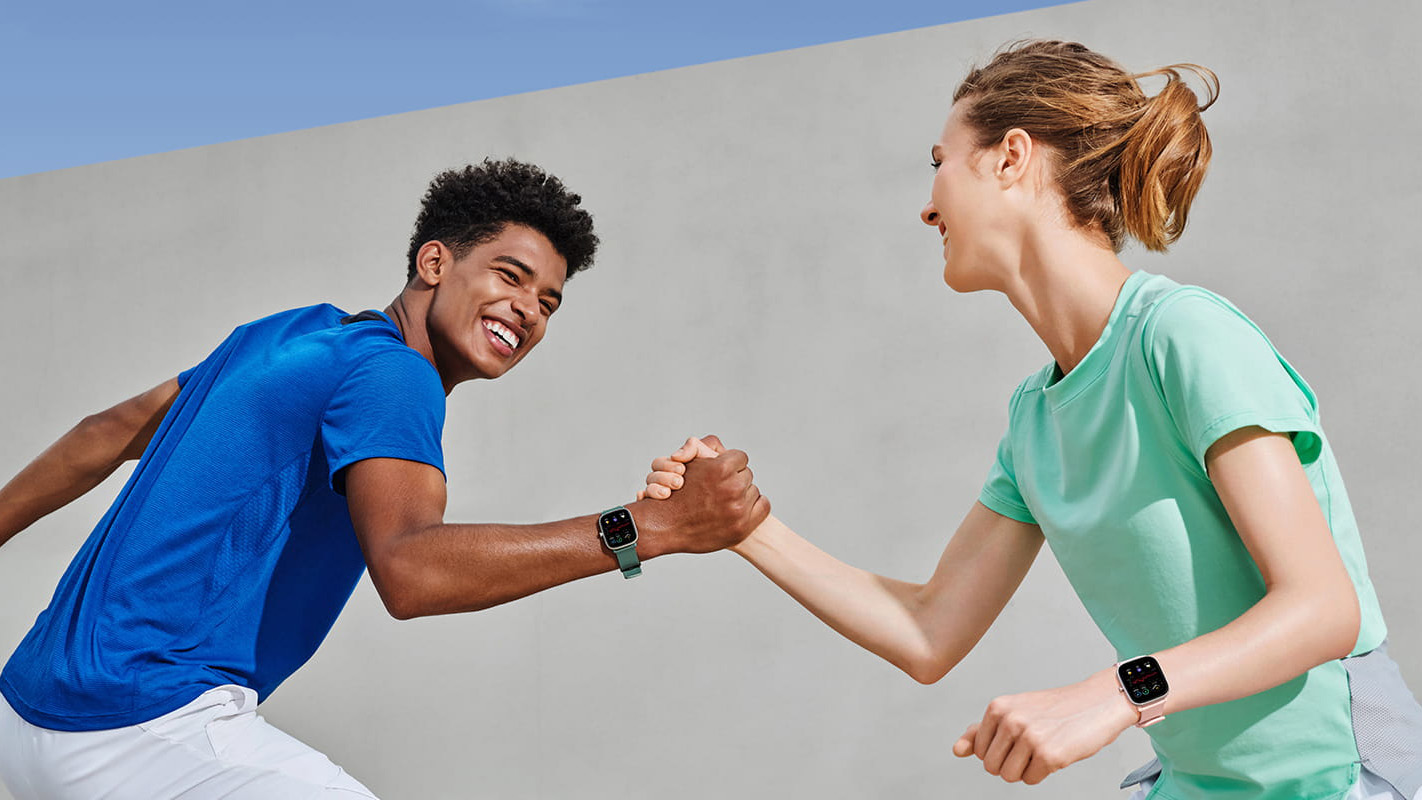
8. Set your goals
If you have a fitness tracker because there’s something specific you want to do and it'll help you, which most of the time there is, take advantage of the tracker’s goal-setting feature. This could be setting a step goal for the day or, if you’re training for something and have a device built for fitness, particular distance or time goals. If you want to increase your fitness generally, you might want to set a goal of just five days of exercise a week, regardless of what it is.
We like to use wearables even when we don’t have a super specific goal in mind, but there’ll always be something we're interested in hitting – eight hours sleep, 8,000 steps, something like that. The key for us over the years has been to focus on one thing at a time. Our wearable tech can track a lot of things, but it can perform better when we’ve got one clear goal at once.
This is also the basic premise of Greg McKeown’s book Essentialism. The idea is that, to achieve more, we should pursue less stuff and do it better. There’s a lot more to McKeown’s essentialist view of life, but a few key things for us to remember when it comes to fitness trackers is: choose what to pay attention to (don’t feel like you have to do everything), remove obstacles to make your goals easier and experience joy in the journey of getting things done.
This sounds good in theory, but what does it look like in practice? To us, it’s choosing one goal to set and think about at a time, editing an app’s home screen so what ww want to focus on is there and what we don’t isn’t. It’s also about making the customizations to the app and wearable screen mentioned above – we want to remove obstacles. Finally, experiencing joy for us comes with less pressure and more games, fun badges and, importantly, ways to switch off when we need to – which we'll come to soon.
9. Take it off (yes, really)
A lot of the best fitness trackers these days are designed for 24/7 wear – you just need to take them off every couple of days or every week to charge them up for a few hours. That’s why it might seem like this advice is a bit weird – especially for a tech site. But it’s important to go without your tracker now and again for a few important reasons.
The first reason is it’ll lessen the chances your skin will be irritated if you give it a break every so often. Most wearables are specially designed to not cause irritation – whether that’s the strap or the body of the watch or wearable that sits flush to your wrist – but we've noticed we can experience some mild irritation and itching. Especially with waterproof wearables that we wear in the shower – our thinking is that soap likely gets caught behind it.
The second reason is it’ll lessen the chances that you become too reliant on your wearable. Wait a minute. Didn’t we just cover how to create habits with putting on your wearable? Absolutely. But there’s a balance here. The majority of people don’t have issues with becoming too hyper-focused on their wearables and the data they collect, but there are cases of people becoming obsessed with sleep data (researchers have called this orthosomnia), as well as others having eating disorders triggered or exacerbated by the calorie and activity data that’s so easily accessible.
When we wrote about the possible link between disordered eating and fitness trackers and wearables, Dr Carolyn Plateau, a lecturer in psychology at Loughborough University, recommended making peace with taking it off now and again. Maybe you make this regular. Like every Sunday you’ll leave it off or you realize you don’t need to wear it at night. It doesn’t matter when you choose, it’s just about proving you could wear it all the time, but you don’t need to.

10. Ask yourself: what's your why?
When we spoke to Dr Carolyn Plateau she told us people are less likely to have problematic relationships with devices when they're used to improve general wellbeing and to read a positive goal rather than one that feels more negative, i.e. losing weight. If you feel like you need to lose weight and have support and a healthy mindset, we’re not stopping you. But this is about doing what’s right for you, choosing things that'll work in the long-run and not triggering bigger problems. So it’s worth considering your why from the get-go.
With all the focus here on goal-setting and habit-building, it’s also worth mentioning that fitness trackers can be used for awareness-building to begin with. What I mean is, maybe you don’t know what your step or sleep goal should be because, where would you begin?
Our advice would be to use the tracker for a month to see where you’re at now, what’s possible and what you might want to achieve in the future. So much is said for constantly improving and upgrading, maybe you just want to watch, track or just for things to stay how they are and to aim for more balance instead. There’s no right or wrong way to use health and fitness tech.
- The best cheap fitness trackers 2020: the top affordable sport bands to keep you fit

Becca is a contributor to TechRadar, a freelance journalist and author. She’s been writing about consumer tech and popular science for more than ten years, covering all kinds of topics, including why robots have eyes and whether we’ll experience the overview effect one day. She’s particularly interested in VR/AR, wearables, digital health, space tech and chatting to experts and academics about the future. She’s contributed to TechRadar, T3, Wired, New Scientist, The Guardian, Inverse and many more. Her first book, Screen Time, came out in January 2021 with Bonnier Books. She loves science-fiction, brutalist architecture, and spending too much time floating through space in virtual reality.